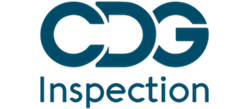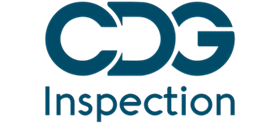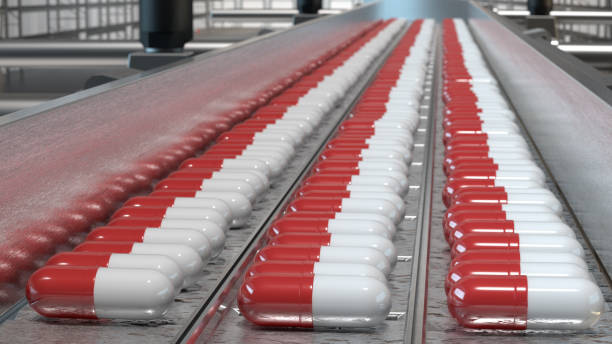Introduction:
In today’s globalized world, environmental sustainability and safety are paramount concerns across industries. The pharmaceutical sector, in particular, generates a significant amount of hazardous waste due to its complex processes and use of various chemicals. To address these concerns, regulatory authorities have established guidelines to ensure the safe handling and disposal of hazardous waste. One of the prominent regulatory frameworks is the European Union Good Manufacturing Practices (EU GMP), which mandates audits to assess compliance with these guidelines. This article explores how an EU GMP audit ensures compliance with the handling and disposal of hazardous waste within the pharmaceutical industry.
EU GMP Regulations and Hazardous Waste
The European Union Good Manufacturing Practices (EU GMP) regulations provide a comprehensive framework for ensuring the quality, safety, and efficacy of medicinal products. These regulations encompass a wide range of topics, including manufacturing processes, quality control, quality assurance, and personnel training. Within this framework, the management of hazardous waste is of paramount importance to prevent environmental pollution and protect public health.
Hazardous waste in the pharmaceutical industry includes various materials such as unused or expired chemicals, solvents, contaminated equipment, and packaging materials. Improper handling and disposal of these wastes can lead to soil and water contamination, air pollution, and potential health hazards for both workers and the surrounding communities.
Key Aspects of EU GMP Audits for Hazardous Waste Compliance
EU GMP audits play a crucial role in ensuring compliance with regulations related to the handling and disposal of hazardous waste. These audits are conducted by regulatory authorities or accredited third-party organizations to assess a pharmaceutical manufacturing facility’s adherence to GMP guidelines, including waste management practices.
1. Facility Design and Layout: During an EU GMP audit, inspectors evaluate the facility’s design and layout to ensure that waste storage and disposal areas are properly segregated and equipped with adequate ventilation, containment systems, and safety measures. The design should minimize the risk of cross-contamination, spills, and leaks that could lead to hazardous waste release.
2. Standard Operating Procedures (SOPs): Pharmaceutical facilities must develop and implement SOPs for the proper handling, segregation, storage, and disposal of hazardous waste. These procedures outline step-by-step instructions to minimize risks and ensure compliance with regulatory requirements. During the audit, inspectors review the facility’s SOPs and verify that employees are trained to follow them accurately.
3. Waste Characterization and Segregation: Proper waste characterization is essential to determine the appropriate handling and disposal methods. Hazardous waste should be accurately identified, categorized, and segregated from non-hazardous waste. Inspectors assess whether the facility has established a clear system for waste categorization and segregation, preventing mixing that could lead to improper disposal.
4. Storage and Labeling: Inspectors scrutinize the waste storage areas to ensure that hazardous waste is stored in appropriate containers that are resistant to chemical interactions and leaks. Each container must be labeled with essential information, including the type of waste, hazards, and storage duration. Proper labeling facilitates safe handling and prevents mix-ups.
5. Training and Personnel Competence: Personnel involved in waste management must receive comprehensive training on handling, storing, and disposing of hazardous waste. During an audit, inspectors verify the training records and assess whether employees demonstrate an understanding of proper waste management procedures. Trained personnel are better equipped to prevent accidents and ensure compliance.
6. Waste Disposal Contracts and Transportation: Pharmaceutical facilities often contract with licensed waste disposal companies to transport and dispose of hazardous waste. Inspectors review these contracts to ensure that waste disposal is carried out by authorized entities adhering to relevant environmental regulations. They also assess the transportation process to prevent spillage or release during transit.
7. Documentation and Record Keeping: Thorough and accurate record keeping is a hallmark of compliant waste management. Facilities must maintain records of waste characterization, segregation, storage, transportation, and disposal. These records serve as evidence of regulatory compliance and are subject to audit scrutiny.
8. Environmental Monitoring: Some pharmaceutical facilities implement environmental monitoring programs to detect any potential releases of hazardous waste into the surroundings. Inspectors evaluate the effectiveness of these monitoring systems, ensuring that they provide timely alerts in case of deviations from normal conditions.
Conclusion
The European Union Good Manufacturing Practices (EU GMP) regulations establish a robust framework to ensure the safe handling and disposal of hazardous waste generated by the pharmaceutical industry. Through comprehensive audits, regulatory authorities assess pharmaceutical facilities’ compliance with waste management guidelines, encompassing various aspects such as facility design, SOPs, waste characterization, segregation, storage, labeling, personnel training, waste disposal contracts, transportation, documentation, and environmental monitoring. These audits serve as a critical mechanism to prevent environmental pollution, protect public health, and uphold the principles of sustainability in pharmaceutical manufacturing. As the industry continues to evolve, EU GMP audits will play an increasingly essential role in promoting responsible hazardous waste management practices.





